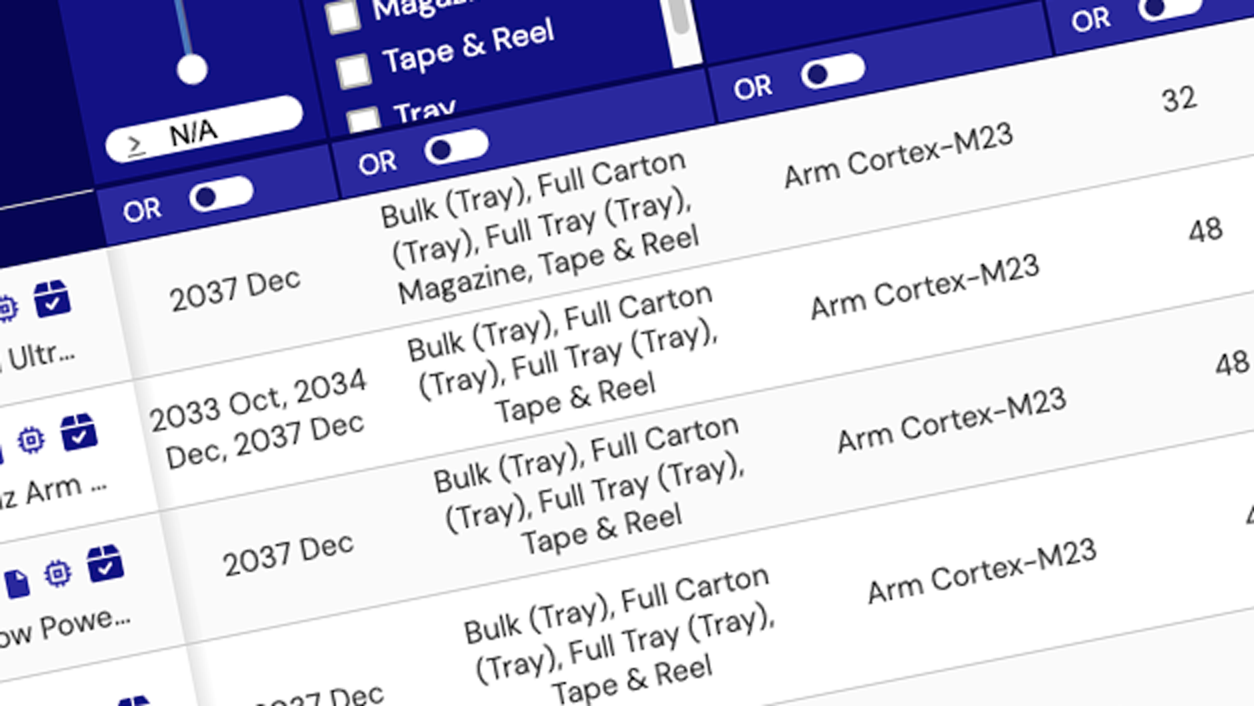Power Line Communication (PLC) is a communication method that uses power lines as the medium. By using power lines as the communication network, it is possible to build a system quickly at a low cost. For this reason, PLC is used for communications in smart meters (advanced metering infrastructure - AMI), home energy management systems (HEMS), building energy management systems (BEMS), and solar panel monitoring systems, part of a smart society. Communication data can be propagated through AC or DC power lines.
Advantages of Renesas PLC Modem IC
- Realize advanced and robust communication through high-performance DSP@276MHz
- Support flexibly PLC protocols and frequency bands for each country through the CPU + DSP dual core
- Realize long-distance communication over 1km at high speed, without the need for relays
- Realize high-level security in communication with AES128 cryptographic hardware

